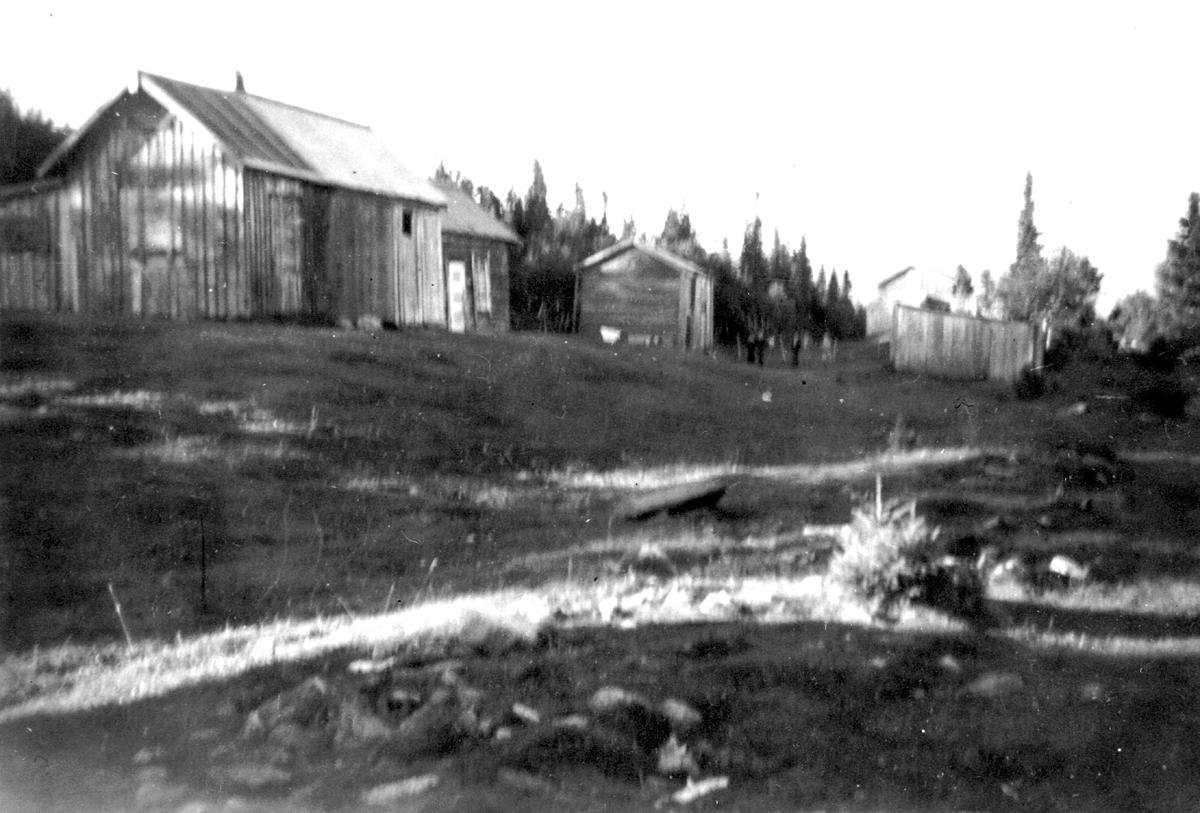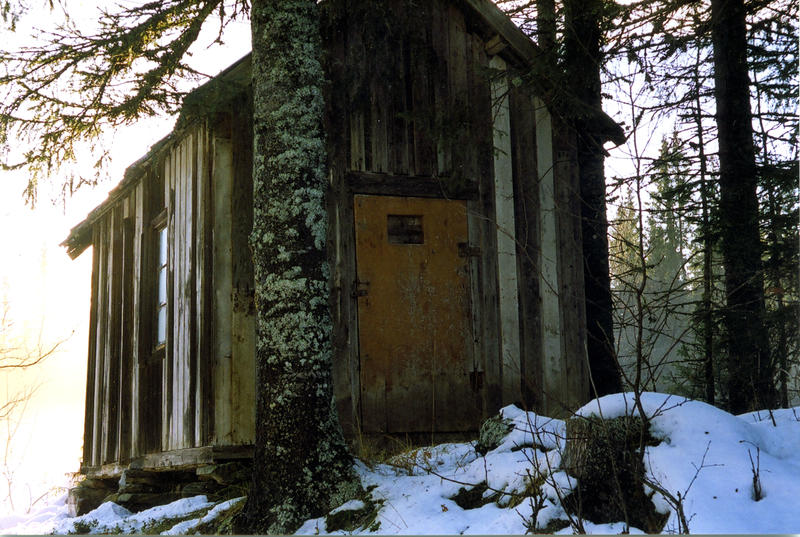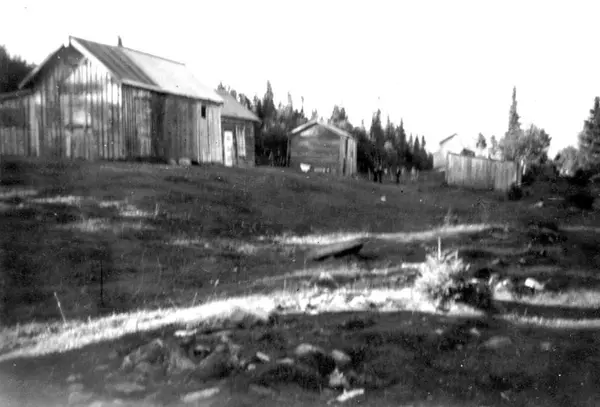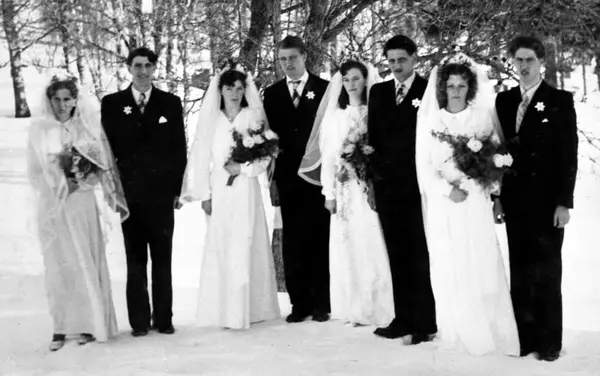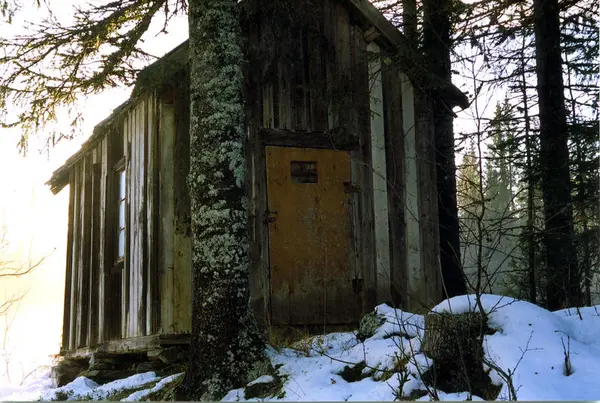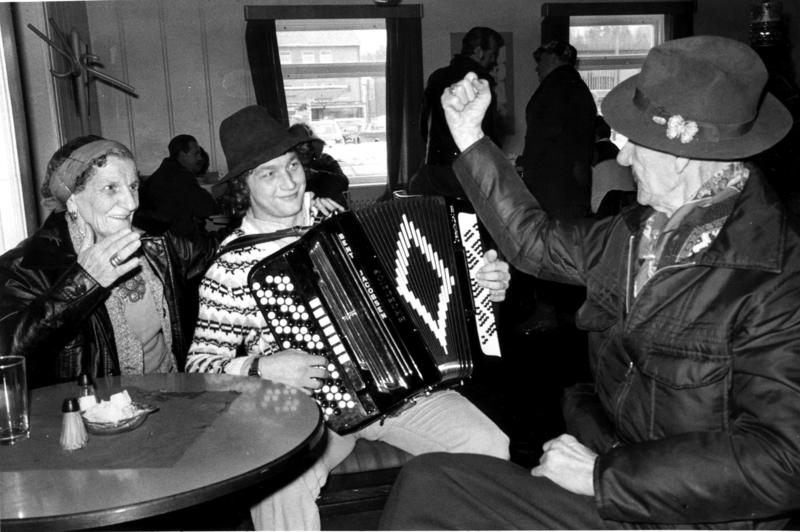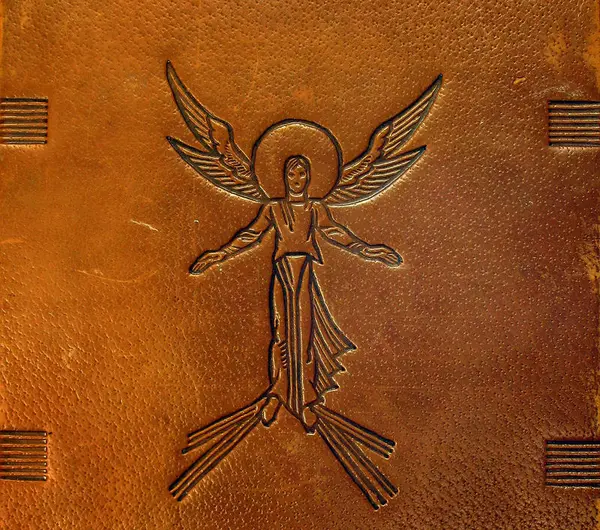The text below is taken from the memorial plaque that the locals have set up on the site where Fredrikstad was located. One of the residents of the village, Asbjørn Overvik, describes how he experienced the history of Fredrikstad. However, other sources tell another story. This is an example of how different sources provide different information (see the travelling exhibition: Latjo drom, the good journey - the difficult settlement, for an alternative interpretation).
Although the relationship between the Tater people who settled in Fredrikstad and those who lived on the neighbouring farms was good, the children who lived in Fredrikstad experienced systematic bullying and exclusion at the local school.
As the story above indicates, the local municipality did what they could to make the Tater people move from Fredrikstad. After many years of struggle, the municipality managed to get all the inhabitants to move by buying one house at a time. Neither was the quadruple wedding described by Asbjørn Overvik as idyllic as it might seem, as the couples got married first and foremost because they were afraid that child welfare services, called the Guardian Council at the time, would take their children. The church applied pressure, and they agreed to get married.
- 1/3
The «Fredrikstad Traveler Village». Foto: Privat / Anno Glomdalsmuseet - 2/3
Quadruple wedding for the Fredriksen brothers, Selbu 1952. Foto: Privat / Anno Glomdalsmuseet. - 3/3
The last house standing after the «Fredrikstad. Traveler Village» was vacated. Foto: Anno Glomdalsmuseet
